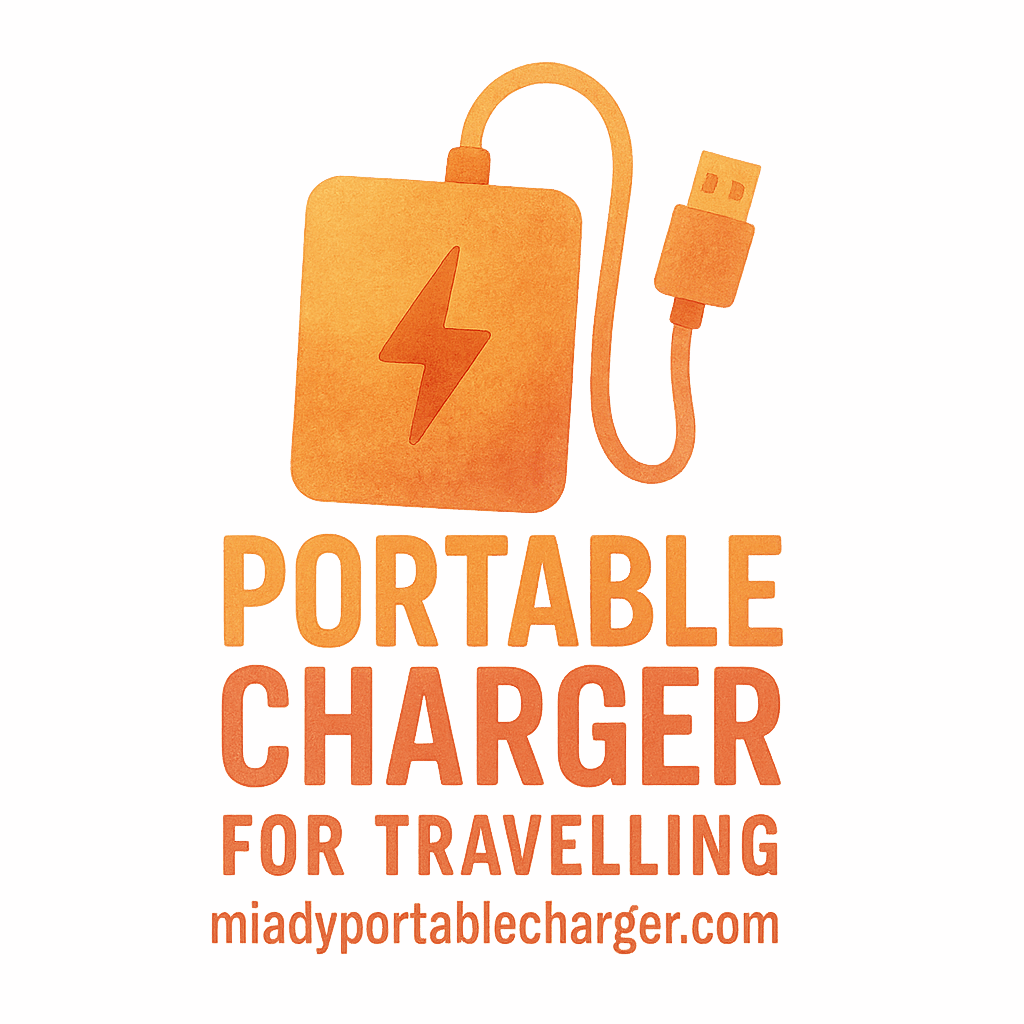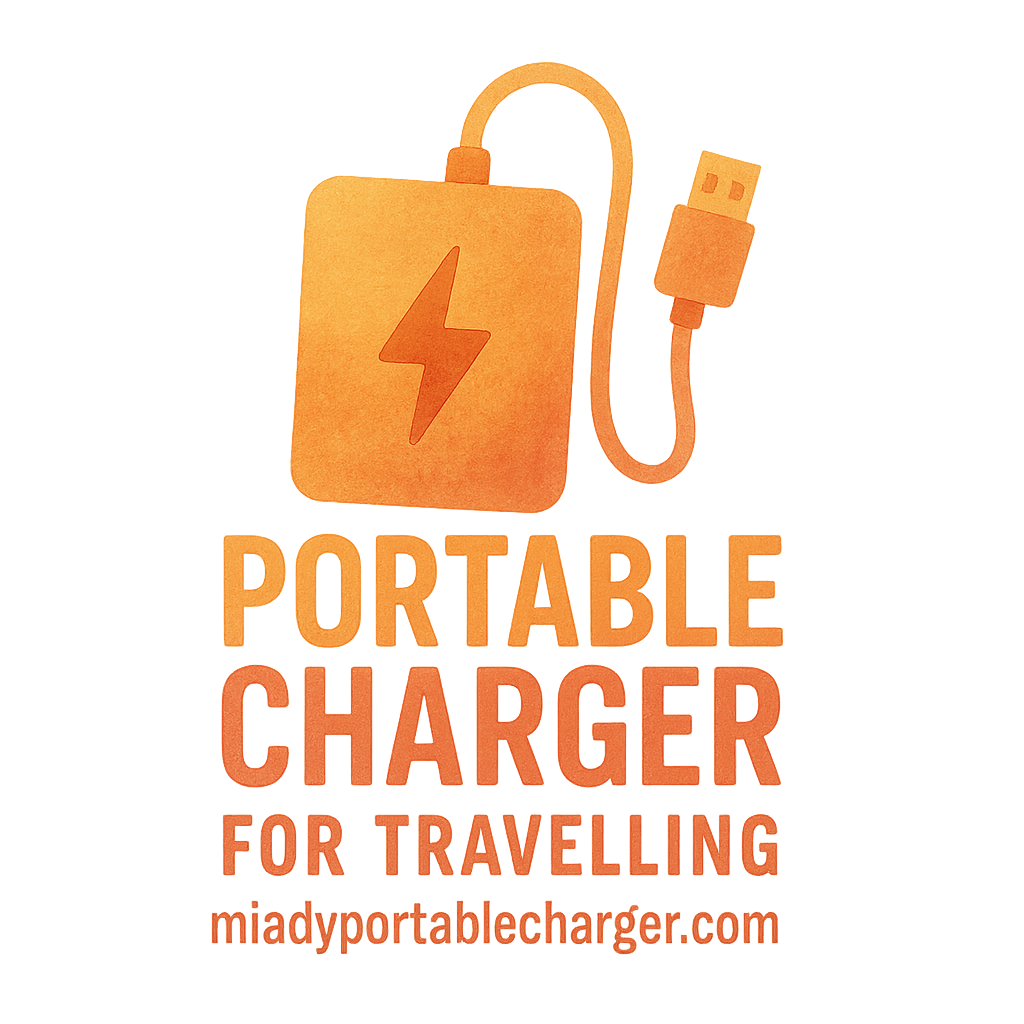Traveling with a portable charger can save you from low-battery panic during your flight. But, before you breeze through airport security with your trusty power bank, it’s important to understand the airport rules for carrying a portable charger. Each airport and airline has its own set of guidelines to ensure safety and security. To make your journey smoother, let’s dive into the top 9 rules you should follow when traveling with a portable charger.
Why You Need to Know the Airport Rules for Portable Chargers
If you’ve ever stood in a long security line at an airport, you know how crucial it is to follow the rules. Portable chargers are no exception, especially since they can pose safety risks due to the batteries they contain. Knowing airport regulations ahead of time can help avoid delays, fines, or even confiscation of your device.
Traveling with your portable charger is incredibly convenient, but understanding what you can and cannot bring with you is just as important. Many airlines and countries have their own guidelines regarding the transport of portable chargers, primarily due to the use of lithium-ion batteries. These batteries, while efficient, can be hazardous in the event of a malfunction.
The Basics: What is a Portable Charger?
A portable charger, also known as a power bank, stores electrical energy and can charge your electronic devices when you’re on the go. They’re essential for keeping devices like smartphones, tablets, and laptops powered during your travels, especially when outlets are hard to come by.
However, because most portable chargers use lithium-ion batteries, which have specific restrictions due to safety concerns, it’s important to know the rules before packing them in your carry-on. For more tips on selecting the right travel charger, check out our Buying Guide for Portable Chargers.
Rule 1: Check Airline Regulations
Airlines often have specific regulations regarding portable chargers, so before you travel, always check your airline’s rules to ensure your charger is allowed.
Why Airline Rules Vary
Different airlines impose different rules based on aircraft specifications and safety protocols. Some airlines have a higher watt-hour (Wh) limit for portable chargers, while others are stricter. To avoid any surprises at the gate, make sure to review the airline’s charger guidelines well in advance.
Rule 2: Carry-on Only – No Checked Bags
Portable chargers are generally prohibited in checked luggage. The reason is that lithium-ion batteries, which are found in most portable chargers, pose safety risks if damaged or overheated.
Why Portable Chargers Can’t Be Checked Luggage
When packed in checked luggage, portable chargers are exposed to extreme conditions, which could lead to safety issues. This is why they must be kept in your carry-on. In case something goes wrong, it’s much easier to deal with a malfunction in the cabin than in the cargo hold. If you’re interested in other travel essentials that go well with your charger, be sure to check out our Travel Gear Guide.
Rule 3: Battery Capacity Limits (Watt-Hours)
The capacity of your portable charger is a key factor in whether it’s allowed on the plane. Most airlines limit portable chargers to a specific watt-hour (Wh) rating.
What Are Watt-Hours and Why Do They Matter?
Watt-hours (Wh) measure the amount of energy a battery can store. The higher the watt-hour, the larger the battery, which increases the potential safety risk. For instance, a typical phone charger may have a Wh rating of 10, while larger portable chargers could exceed 50 Wh or even 100 Wh. For more information on how to select the right-sized charger, check out our Charging Tips.
What Happens If Your Portable Charger Exceeds the Limit?
If your portable charger exceeds the airline’s specified Wh limit, it could be confiscated at security. To avoid this issue, make sure to choose chargers within the allowed limits and keep track of your charger’s specifications. For chargers larger than 100 Wh, some airlines may allow them with special approval.

Rule 4: Lithium-ion Battery Restrictions
Most portable chargers contain lithium-ion batteries, which are subject to strict regulations due to safety concerns.
What Makes Lithium-Ion Batteries Dangerous?
Lithium-ion batteries can overheat, catch fire, or even explode if mishandled or damaged. These risks are why airports and airlines have specific rules in place. The primary concern is to prevent any incidents that could potentially compromise passenger safety.
How to Determine the Type of Battery in Your Charger
To figure out whether your charger contains lithium-ion batteries, check the product label or visit the manufacturer’s website. For additional tips on choosing the safest charger for your travels, visit our Portable Charger Reviews page.
Rule 5: Size Matters – Airline-Approved Chargers
Airlines set limits on the size of portable chargers allowed on planes, so make sure you’re aware of these restrictions before your flight.
Common Size Restrictions for Chargers
Typically, airlines allow chargers up to 100 Wh, but some may permit chargers up to 160 Wh with approval. If you’re planning to carry a high-capacity charger, it’s important to check with the airline ahead of time.
How to Choose a Travel-Friendly Charger
When selecting a portable charger, it’s best to choose a model that falls under the typical 100 Wh limit. Smaller chargers, like those around 10,000mAh, are usually ideal for air travel. If you’re unsure, check out our Must-Have Outdoor Chargers for travel-friendly options.
Rule 6: Know the TSA Guidelines
In addition to airline-specific rules, the TSA (Transportation Security Administration) also has guidelines for traveling with portable chargers.
Packing Tips for Passing TSA Security
When going through TSA, keep your portable charger in your carry-on bag, easily accessible. You may be asked to remove it from your bag for inspection. While this is not always required, it’s best to have it ready for inspection to keep the process smooth. For more tips, check out our Checklist for Airport Security.
Rule 7: International Travel Rules for Portable Chargers
International flights may have different rules when it comes to portable chargers. It’s important to check the rules for each country you’ll be flying to.
Key Differences in Rules Across Countries
Some countries have stricter regulations on battery size, while others are more lenient. In the U.S., for example, most airlines allow up to 100 Wh without any issues, while some other countries may have lower limits. For more insights into international travel essentials, browse our Adventure Travel Guide.
Rule 8: Chargers with Charging Cables
You may also be wondering if you can bring additional accessories, like charging cables, along with your portable charger.
Proper Packing of Charging Cables
You can pack your charging cables in either your carry-on or checked baggage, as long as they’re properly organized. Avoid packing too many cables in one spot to prevent any tangling or confusion at security.
Rule 9: Avoid Overcharging at Airports
While charging your devices at the airport can be convenient, you should always be mindful of how long you leave them plugged in.
How to Avoid Overcharging Devices
When using your portable charger, always unplug your devices once they are fully charged. Overcharging can shorten battery life and increase the risk of overheating. To learn more about safe charging habits, take a look at our Safe Charging Tips.
Conclusion
Understanding airport rules for carrying a portable charger is essential to ensuring a smooth travel experience. Whether it’s checking the airline’s regulations, knowing your charger’s watt-hour limits, or following TSA guidelines, staying informed is key to avoiding any complications. By following these rules, you can travel with your portable charger without worry and keep your devices powered throughout your journey.
FAQs
- Can I bring a portable charger in my checked luggage?
No, portable chargers are prohibited in checked luggage due to safety concerns with lithium-ion batteries. - What is the maximum size of a portable charger allowed in an airport?
The general rule is that portable chargers up to 100 Wh are allowed, but some airlines may permit chargers up to 160 Wh with approval. - Do all airports have the same rules for portable chargers?
Most airports follow similar guidelines, but always check with your airline and country of travel for specific rules. - Can I bring extra cables with my portable charger?
Yes, extra cables can be packed in either carry-on or checked luggage. - What happens if my portable charger exceeds the watt-hour limit?
If your portable charger exceeds the watt-hour limit, it may be confiscated at security or you could be required to dispose of it. - Can I use my portable charger during the flight?
Yes, as long as your portable charger meets the airline’s regulations, you can use it during the flight. - How can I avoid overcharging my devices at the airport?
Unplug your devices once they are fully charged to avoid overcharging and potential overheating.


